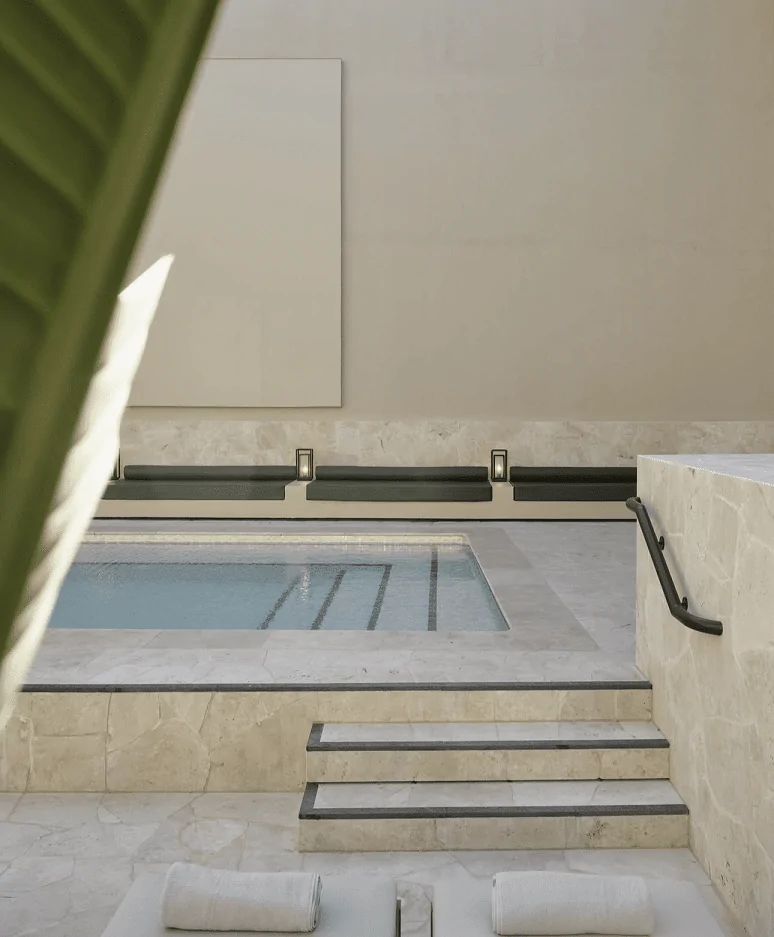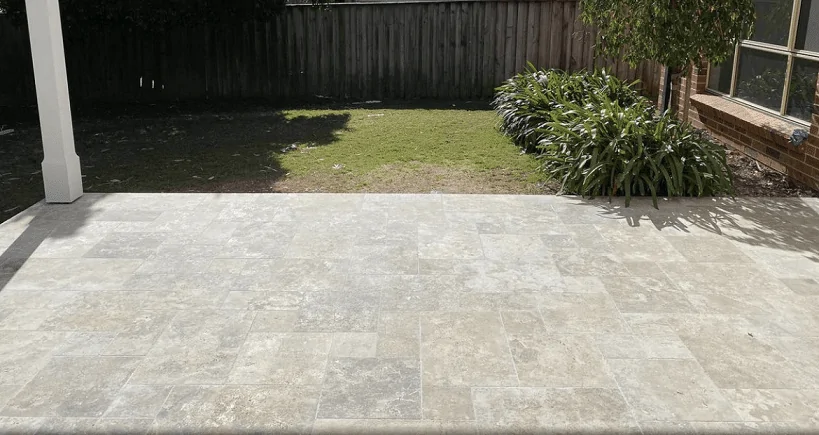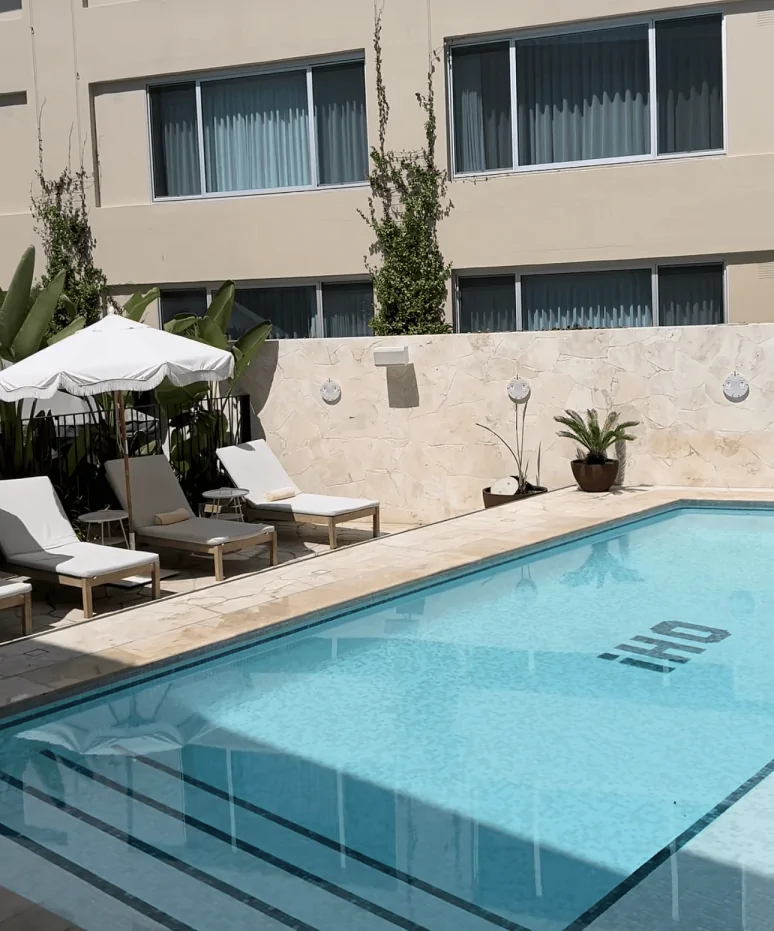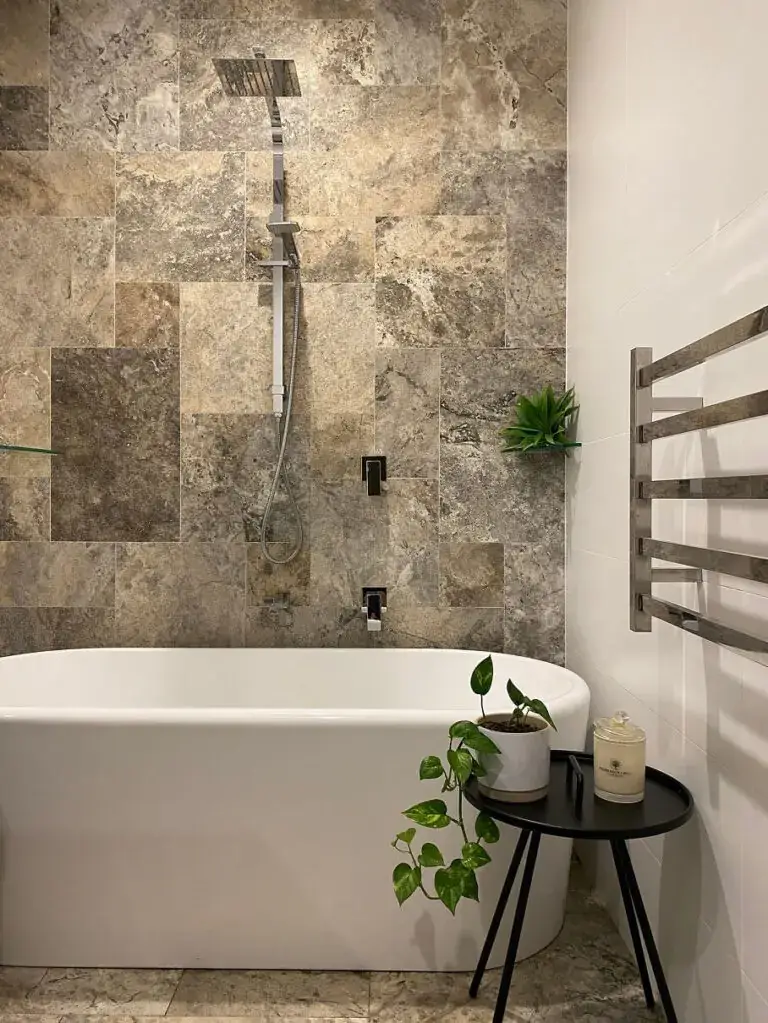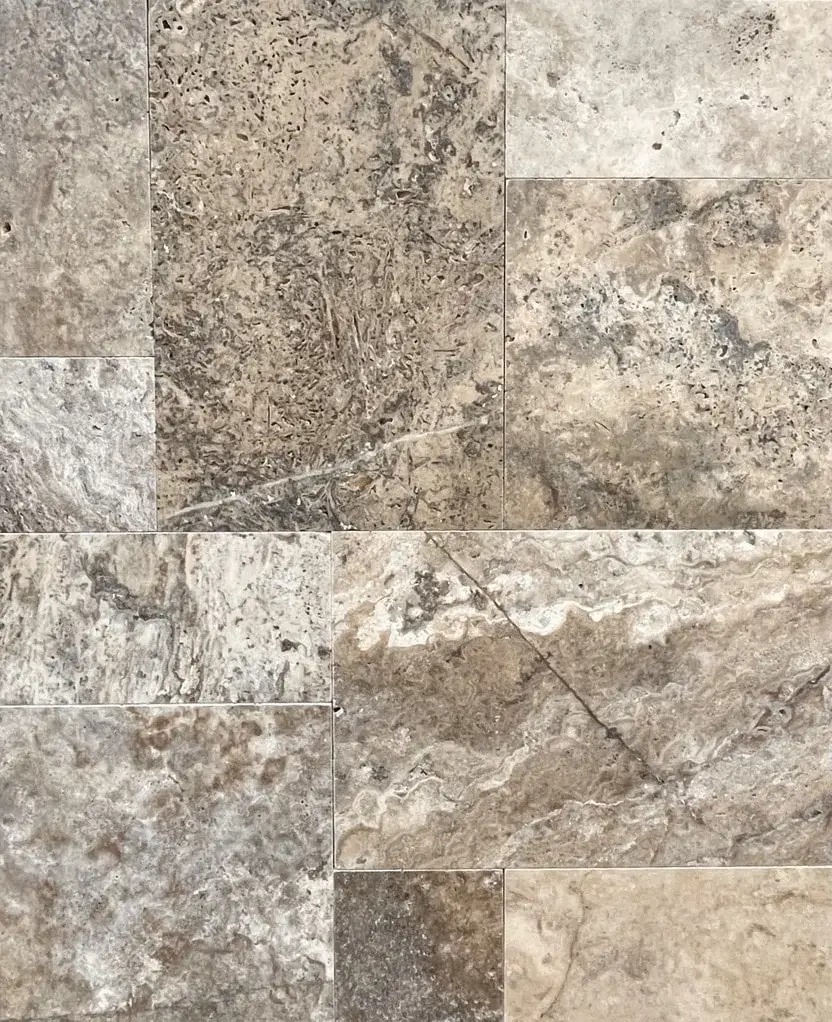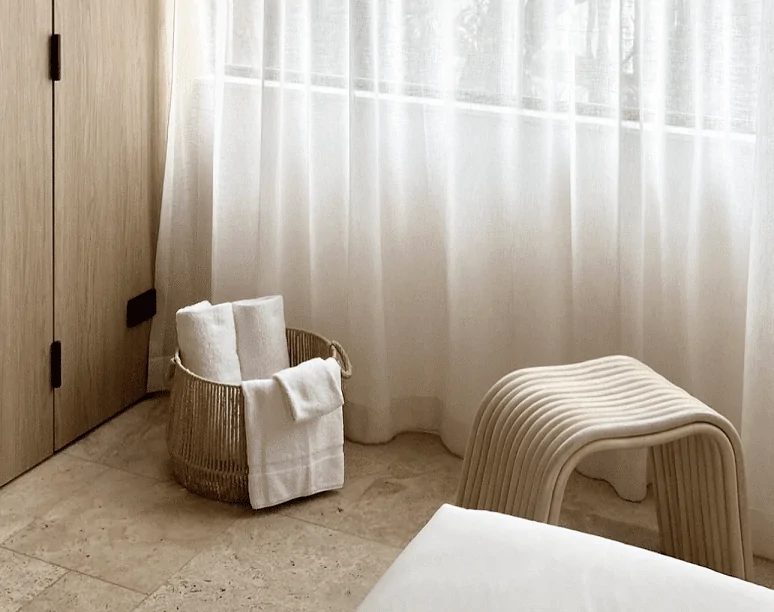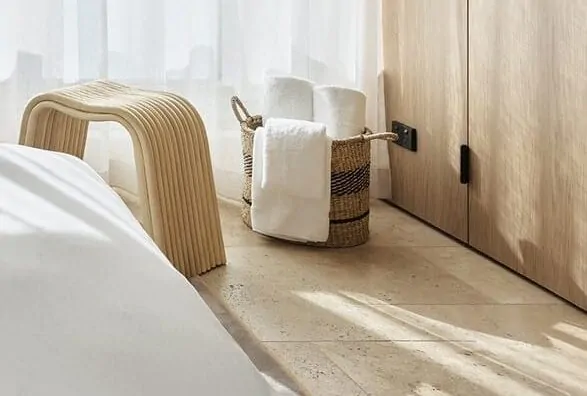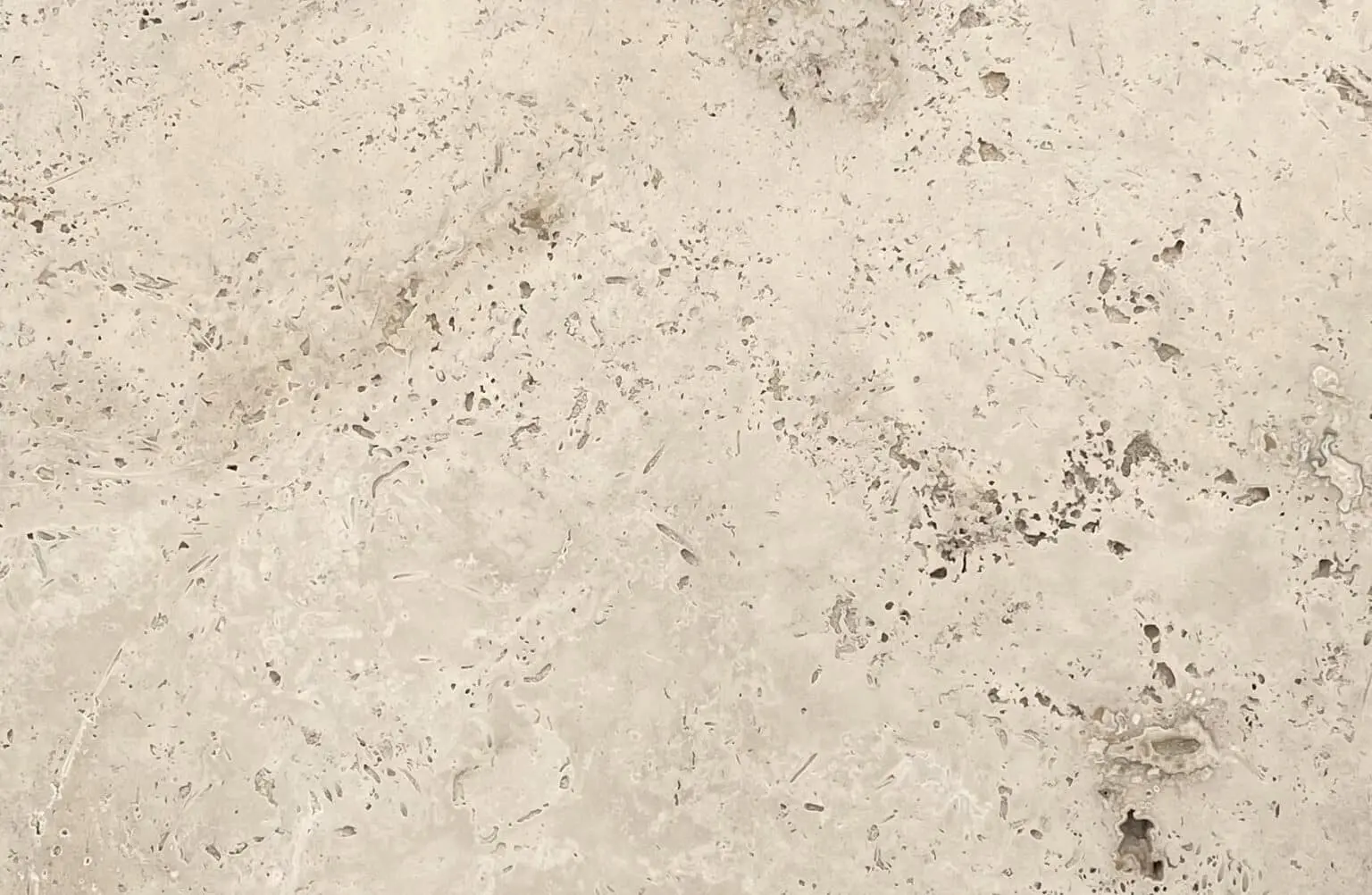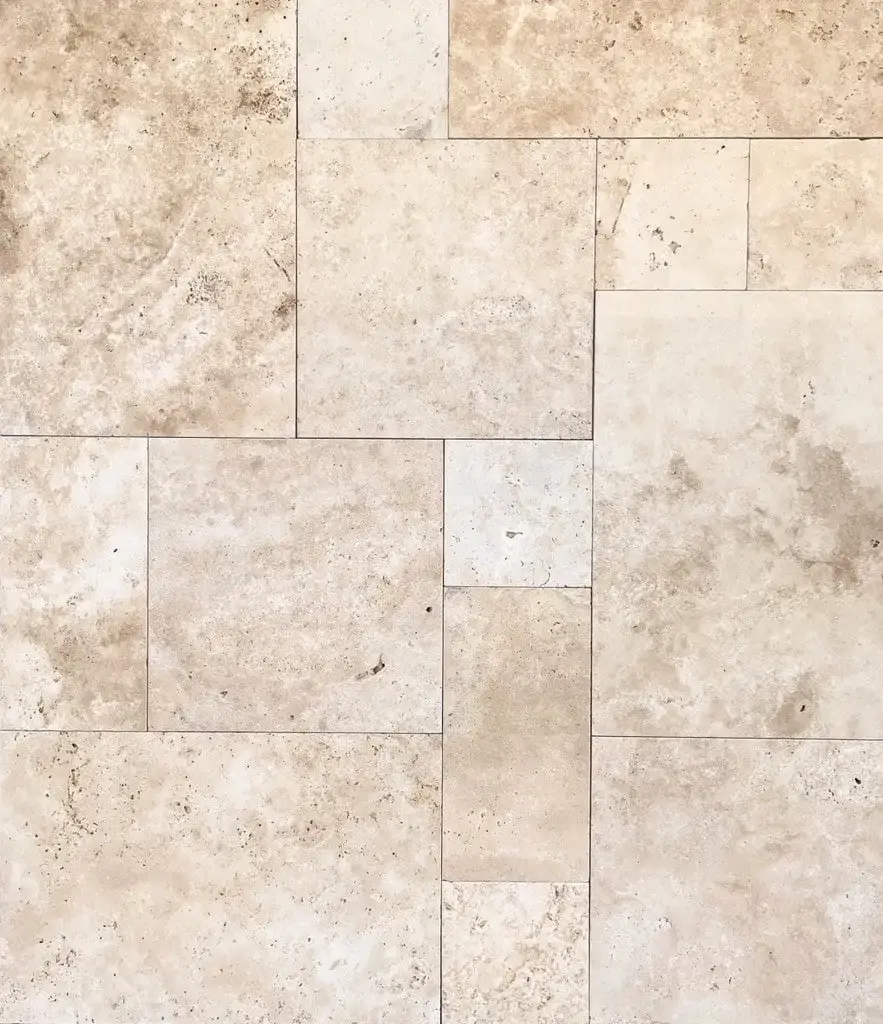Durability
Travertine is known for its durability, making it an excellent choice for high-traffic areas both indoors and outdoors. Whether you’re considering a travertine patio or installing travertine pavers around your pool, you can trust that this stone will hold up well over time.
However, travertine’s porous nature means it can be prone to staining if not properly sealed. Regular maintenance, like sealing, is essential to keep your travertine looking its best. When well cared for, travertine can last for decades, standing up to the wear and tear of daily life and even harsh weather conditions.
Safety
When selecting a flooring material, safety is always a concern, especially if you have children or elderly family members. Travertine tiles and pavers offer several safety features that make them a smart choice, particularly for outdoor applications.
Travertine’s slip resistance is one of its biggest advantages. Even when wet, travertine stone pavers provide good traction, reducing the risk of slips and falls. This is particularly important if you’re laying travertine pavers around a pool or in other areas where water is likely to be present.
Additionally, travertine doesn’t retain heat as much as other materials like concrete or brick. This makes it a safer and more comfortable option for outdoor spaces, particularly in warm climates where surfaces can get unbearably hot under the sun.

